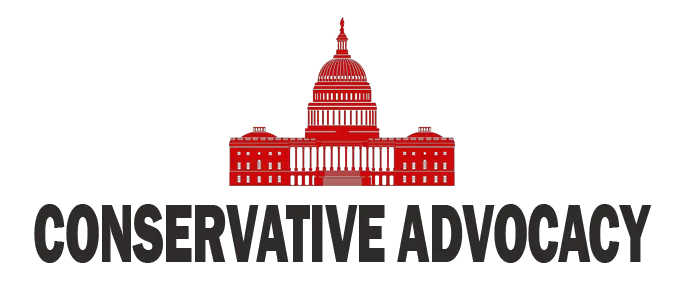The conversation surrounding border control has taken on a lively tone, especially as recent developments shine a light on changes that have occurred over time. It appears that there is a newfound sense of optimism and pride among border patrol agents, who have noted significant improvements under recent leadership. Reports from El Paso reveal Border Patrol agents proudly displaying comparisons of the current situation against the turmoil experienced during the previous administration. These powerful images illustrate a stark transformation in managing border security.
In the past, scenes of chaos at the border were all too common, with groups of people pushing through barriers, leading to confusion and danger for everyone involved, especially children. However, a sense of order is reportedly returning. The latest updates suggest that the efforts being implemented have rejuvenated the morale of border agents, providing them with the support they need to carry out their duties effectively. This is certainly a welcome shift, as these brave men and women work tirelessly to keep communities safe.
Interestingly, the recruitment numbers for Border Patrol and ICE agents have skyrocketed. It seems that the spirit of patriotism and the allure of serving one’s country are leading many to join these critical forces. The Coast Guard, too, has seen a boost in recruitment, with a notable rise of over 20%. This uptick signifies not only a commitment to national security but also a renewed interest in protecting the country’s heritage and values.
The success of recent strategies is reflected in the significant amounts of narcotics, particularly cocaine and fentanyl, that have been intercepted. Reports indicate that over 126 tons of cocaine have been seized. In addition, an impressive number of deportations of individuals with ties to terrorism and gang affiliations underscore the seriousness with which border control is being approached. Contrary to claims made by some, assertions that the prior administration handled more deportations are challenged. The belief is that the current administration is taking a far more effective approach by addressing the issue of illegal immigration with strict oversight.
Moreover, collaboration with Mexico is praised, with mutual agreements seemingly yielding results. The ability of Mexico to turn back individuals before they even reach the border serves as an example of a coordinated effort to maintain control. By working alongside neighboring countries, the goal is to ensure a safer and more secure border, fostering an environment where laws are respected and upheld.
In summary, the recent shifts in border control strategies depict a significant change in approach, characterized by enhanced cooperation and a focus on fostering a secure environment. The optimism among border patrol agents, backed by impressive recruitment numbers and successful drug interdictions, suggests that strides are being made toward achieving greater control and efficiency in immigration policy. As the landscape evolves, it will be intriguing to see how these developments continue to play out in securing the nation’s borders.




